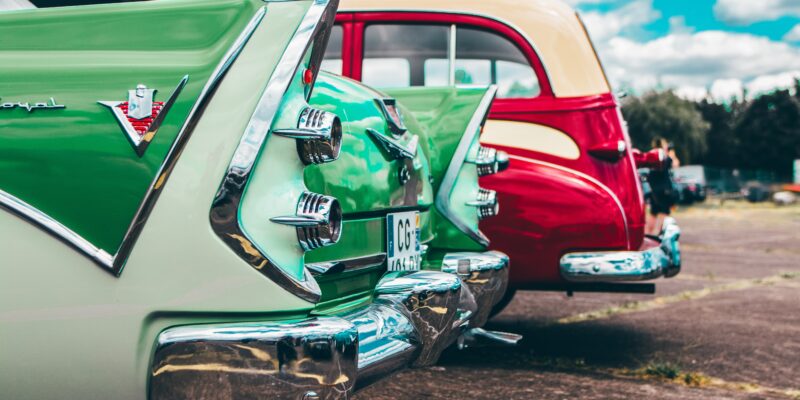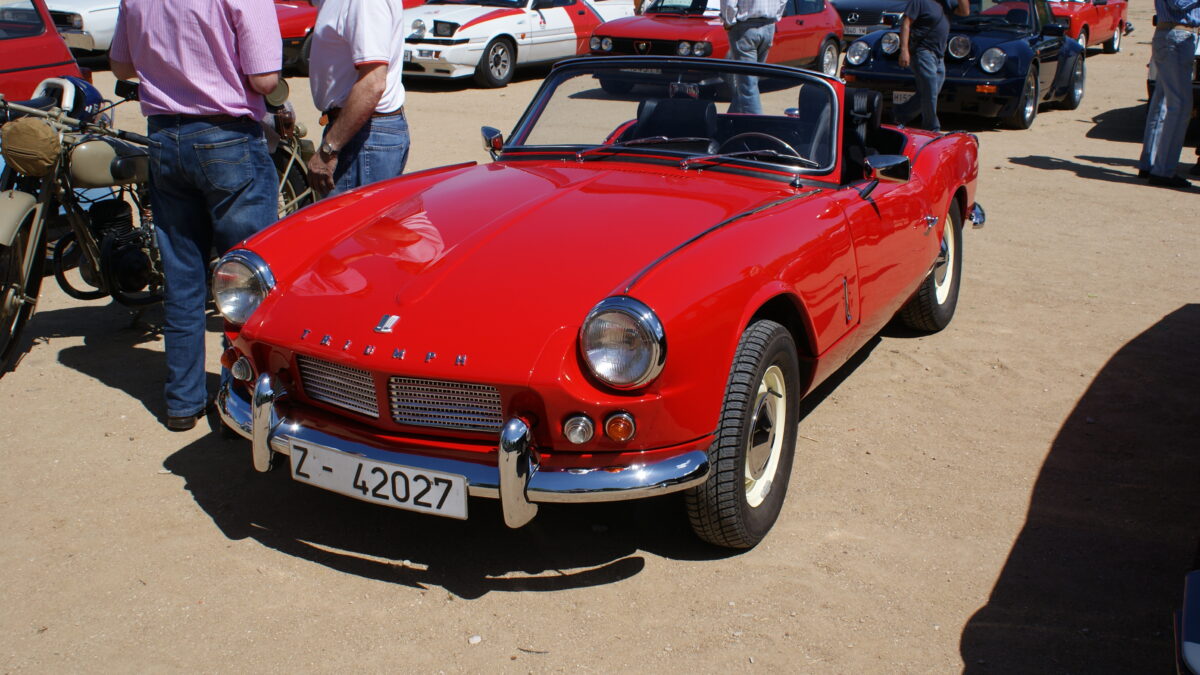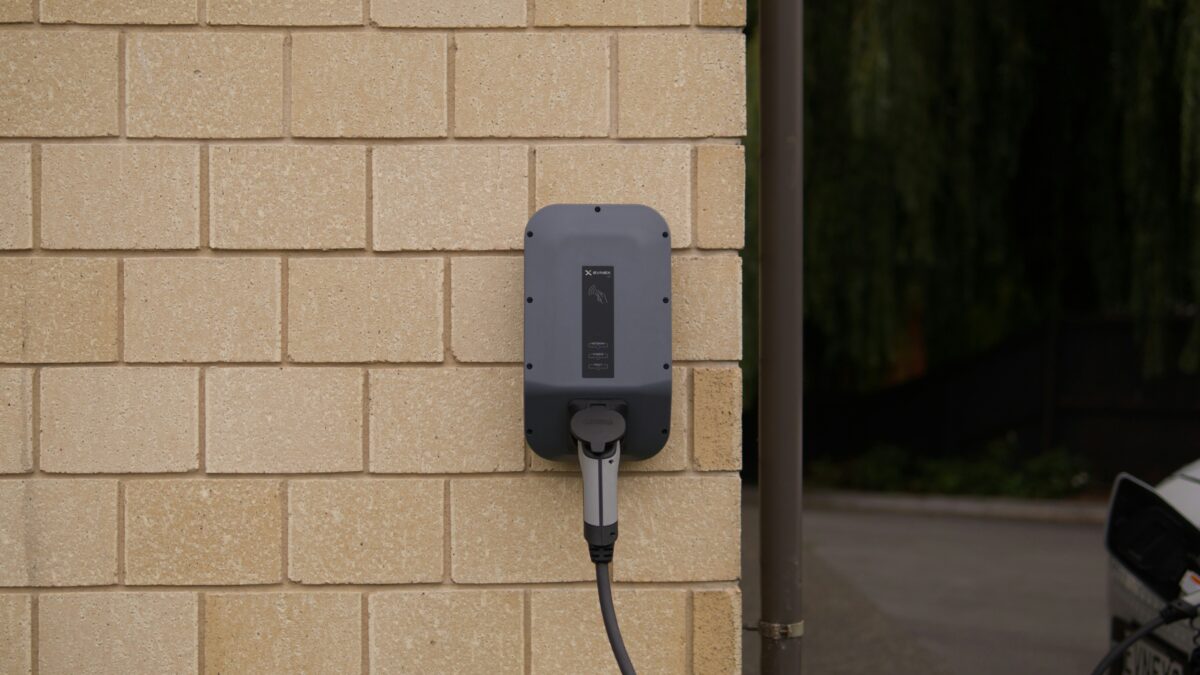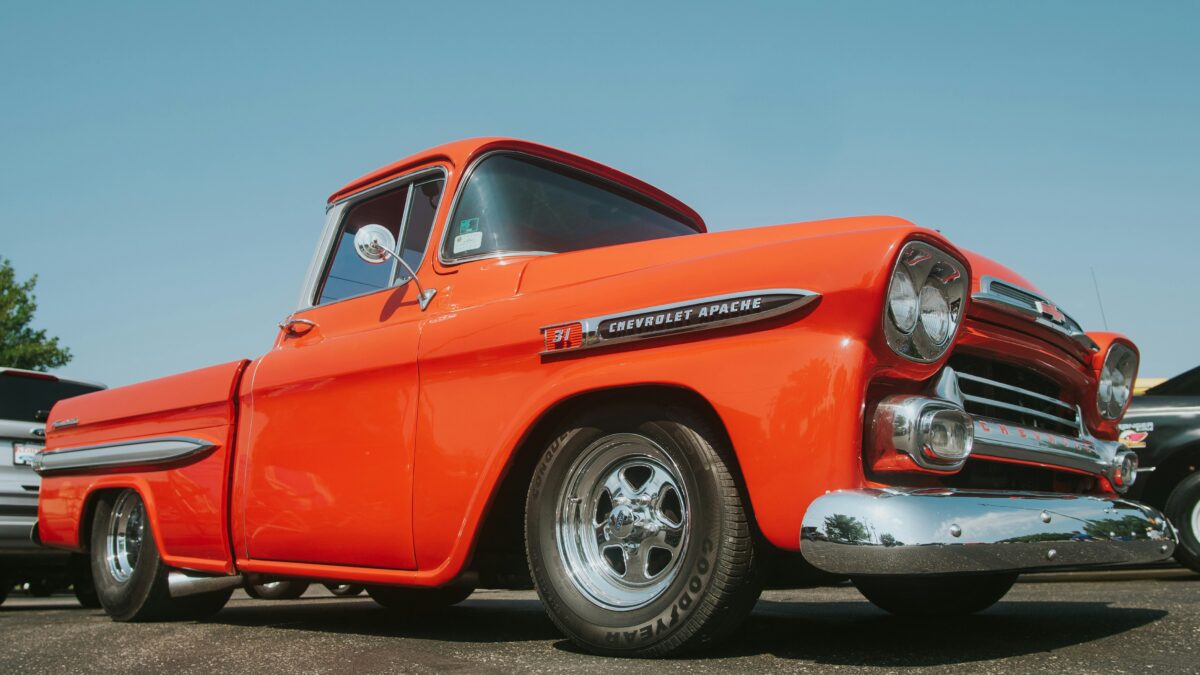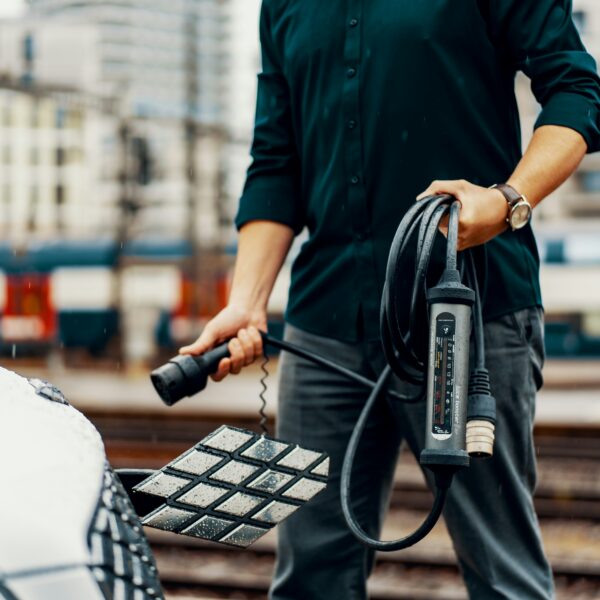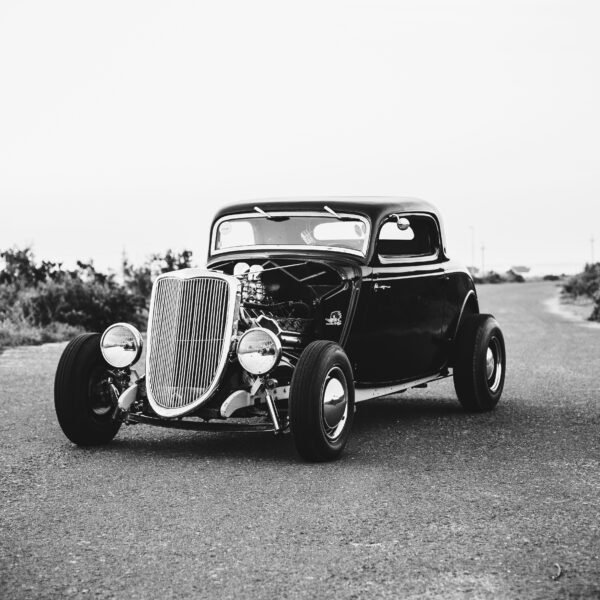How to Maintain the Authenticity of Classic Cars
Reviving the timeless allure of classic cars demands much more than just a few minor repairs. These vintage vehicles embody the rich history and craftsmanship of a bygone era, making their maintenance an art form in itself. By employing a combination of careful preservation techniques and specialized knowledge, it’s possible to maintain the authenticity of classic cars for generations to come.
This guide offers valuable tips for preserving these vintage gems, helping collectors and enthusiasts like maintain their integrity and historical significance.
Classic car preservation 101
Authenticity is the cornerstone of classic car preservation. It encompasses the original design, components, and overall essence of the vehicle as it rolled off the assembly line decades ago. Maintaining this authenticity involves a deep understanding of the car’s historical context, technological advancements of its time, and the specific nuances that define its make and model.
If you’re thinking, “Why should I keep care about authenticity?” the answer lies in the unique charm and historical value that authentic classic cars carry. Preserving authenticity not only honors the legacy of the vehicle but also contributes to its market value and desirability among other collectors.
While updated trims and modern tech might appeal to you, it is the original character and story of a classic car that captures the hearts of enthusiasts worldwide. Each scratch, every emblem, and all intricate details tell a tale, representing a piece of automotive history that transcends time.
How to Maintain the Authenticity of Classic Cars
Documentation and Research
The preservation journey begins with comprehensive documentation and research. Collectors should aim to gather all available historical records, including original manufacturing specifications, production numbers, and any notable modifications made during the vehicle’s lifespan.
This information serves as a vital reference point for identifying specific car parts and components during the restoration process. Conducting thorough research also enables enthusiasts to grasp the intricate details of their classic car’s lineage, leading to a deeper appreciation of its significance within the automotive landscape.
Utilizing Original Parts and Materials
One of the fundamental principles of maintaining authenticity is the use of original parts and materials whenever possible. While sourcing authentic components may pose a challenge, dedicated classic car enthusiasts often scour car auctions, salvage yards, and used car dealers to find genuine parts that match the original specifications.
In cases where original parts are scarce, skilled craftsmen can typically recreate them, making sure that each component aligns seamlessly with the car’s original design and functionality.
Conservation-Oriented Maintenance Practices
Preserving a classic car’s authenticity necessitates the adoption of certain maintenance practices. Regular inspections, gentle cleaning techniques, and the application of appropriate protective coatings play a pivotal role in protecting the car’s original paint, interior, and mechanical components.
Implementing a strict maintenance schedule helps prevent premature wear and minimizes the risk of irreversible damage. Furthermore, storing the vehicle in a controlled environment shields it from environmental factors that could compromise its condition, such as excessive sunlight, moisture, and fluctuating temperatures.
Specialized Restoration Techniques
In instances where restoration is required, employing specialized techniques that focus on the charms and character of classic cars is crucial. Restorers should focus on retaining as many original components as possible, repairing and refurbishing them to match the initial condition.
A balanced approach that considers preservation with necessary repairs ensures that the classic car retains its historical integrity without compromising its functionality or safety. Adhering to industry standards and best practices in restoration guarantees that the vehicle remains a testament to its original craftsmanship and design while meeting contemporary safety and performance standards.
Preservation Beyond the Garage
Besides research and proper care, you should actively participate in community events, car shows, and exhibitions that celebrate the heritage and cultural significance of vintage cars. Sharing insights and experiences with fellow collectors fosters a sense of camaraderie and mutual appreciation for the art of saving classic cars.
Additionally, educational initiatives and historical preservation efforts helps raise awareness about the importance of protecting automotive heritage for future generations. Whether you’re sharing your knowledge with collectors or supporting local organizations dedicated to preserving classic car history, your involvement can play a vital role in shaping the understanding and appreciation of these treasures.
Conclusion: Maintain the Authenticity of Classic Cars with Confidence
There’s no doubt saving the originality of classic cars requires a delicate balance of historical reverence and modern expertise. By following the tips above, you can ensure that these classic models continue to evoke nostalgia for years to come.
If you’re intimated about taking on a classic car restoration, seeking guidance from seasoned experts and joining online communities can provide invaluable support through the process. Have a question you’d like to ask? Drop it in the comments below!






